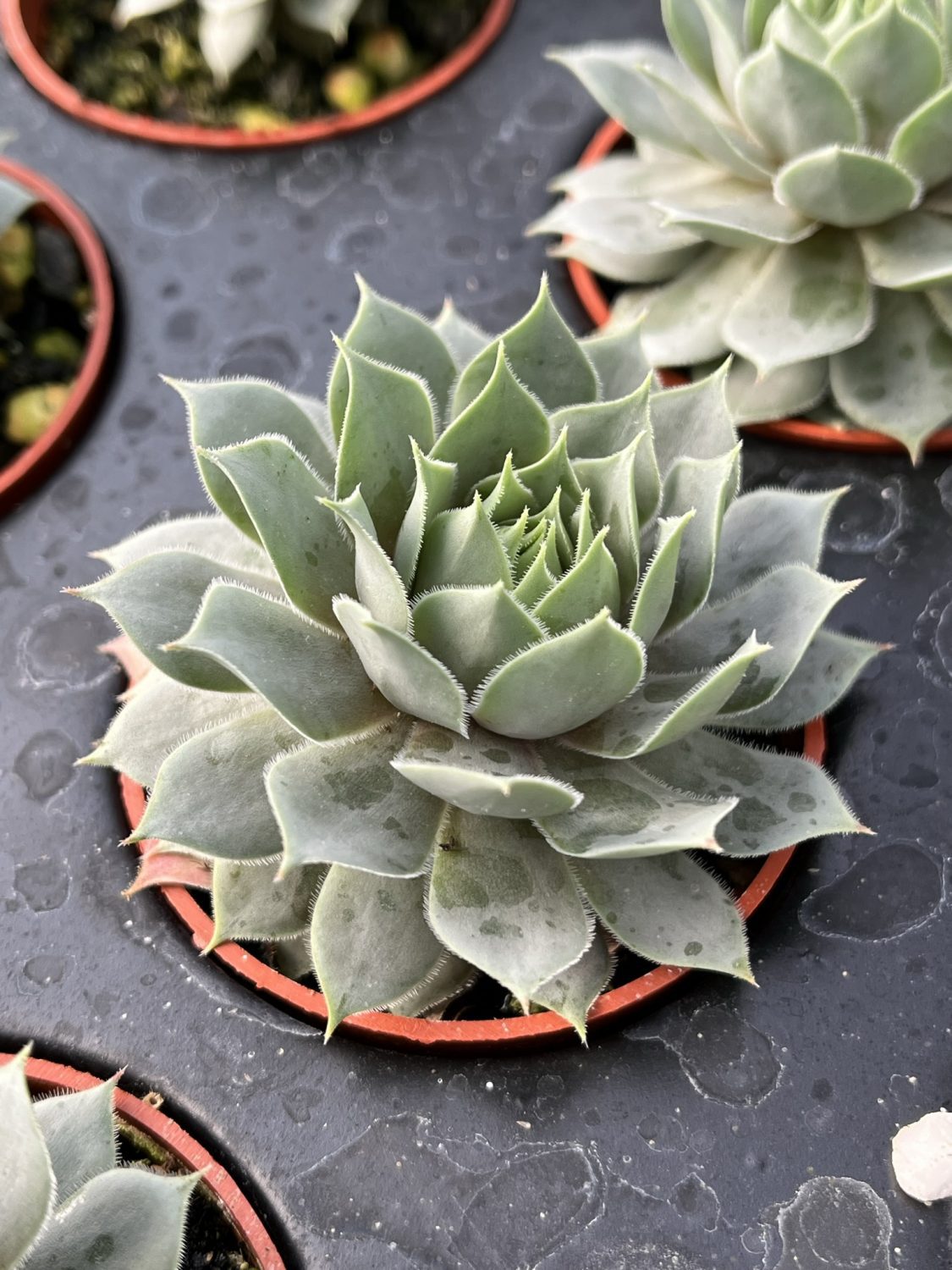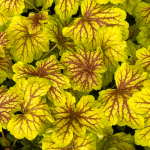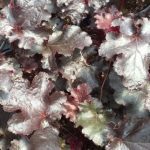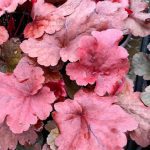Sempervivum; Hen and Chicks, Blue Ice
Price range: $4.99 through $9.99
Discount per quantity
| Quantity | 3 - 8 | 9 - 14 | 15+ |
|---|---|---|---|
| Price | Price range: $4.84 through $9.69 | Price range: $4.69 through $9.39 | Price range: $4.49 through $8.99 |
| % Discount | 3% | 6% | 10% |
Description
Sempervivum ‘Blue Ice’: A Frost-Kissed Friend for Every Garden
Welcome Into the World of Hen and Chicks
Sempervivum ‘Blue Ice’, often called Hen and Chicks, may look delicate, but it is one of the toughest succulents you can invite into your space. The name Sempervivum means “always alive.” That tells us a lot. These little rosettes survive on windy mountain ledges, sunny city balconies, and even the edge of a child’s sandbox. They shrug off drought, snow, and the occasional forgotten watering can.
In other words, ‘Blue Ice’ is a living lesson in resilience—and it manages to look cool and elegant while teaching it.
A Quick Portrait of ‘Blue Ice’
Shape and Size
Each rosette grows like a tiny artichoke, layered with plump leaves that spiral toward the center. Mature rosettes (“hens”) often top out at 3 inches wide. Offsets (“chicks”) pop up on thin runners, filling the pot or rock crack nearby.
Color Play
True to its name, the leaves glow with icy blue-green tones. In cooler weather, a silvery frost glides across the surface. When the sun is bright or the nights turn cold, the tips blush lavender to pink. That means your plant changes outfits through the year—always a fresh look on the windowsill.
Texture
A faint powder, called farina, coats each leaf. It feels like soft chalk if you rub it, though we try not to. Farina helps the plant reflect sunlight and hold in water, so it is best left in place.
When It Blooms
After more than two or three years, one lucky rosette may decide it is time to bloom. It sends up a short, sturdy stalk with starry pink-red flowers. The blooming rosette will fade after the show, but by then the chicks have matured, ready to fill the space. Life, death, renewal—this plant packs it all into a six-inch ring!
Why We Love ‘Blue Ice’
- Low-Water Hero – It thrives on neglect. Many of us overwater because we care. ‘Blue Ice’ teaches us to pause and watch instead.
- Cold-Hardy Spirit – Unlike many succulents, this species laughs at freezing winters. Down to -30 °F? No problem.
- Child-Friendly – No sharp spikes, no toxic sap, and chicks to share. Kids love to pop off offsets and start their own pots.
- Design Spark – The blue hue pairs well with rusty metal, pale stones, and bright annuals. We can tuck rosettes into cracks where nothing else grows.
- Year-Round Color – While many perennials nap under snow, ‘Blue Ice’ keeps its rosettes open, offering cool color against white drifts.
Selecting the Perfect Spot
Light Needs
- Full Sun Best: Six hours or more keeps colors bright, leaves tight, and rosettes compact.
- Part Day Shade: In very hot summers, a splash of afternoon shade prevents scorch. Instead of moving heavy pots, we can slide a lawn chair into place to cast soft shade.
Temperature Range
- Winter Warrior: Survives deep freezes without fuss.
- Summer Steady: Handles 100 °F days as long as soil drains fast. Warm nights? It rests. Cool nights? Colors sharpen.
Wind and Wildlife
Thin mountain air molded this plant. That means breezy balconies and rooftops are perfect. Rabbits usually ignore tough, low-water leaves, though hens and chicks can serve as landing pads for curious bees.
Soil and Potting Mix
Key Trait: Drainage
Water must move through quickly. Think gritty, rocky, well-aired.
Simple Home Mix
- 2 parts coarse sand or poultry grit
- 1 part perlite or pumice
- 1 part high-quality potting soil without moisture crystals
Blend well. The grains should feel rough, almost like a beach path. This keeps roots healthy and prevents rot.
Containers
Shallow clay bowls, old strawberry jars, or hand-made hypertufa troughs suit ‘Blue Ice’ perfectly. A drainage hole is a must. We can lean broken pottery shards over the hole to stop mix loss.
In-Ground Sites
Rock walls, dry slopes, and edges of patios make fine homes. If soil is heavy, dig a planting pocket, layer coarse gravel in the bottom, and backfill with the gritty mix above.
Water Wisdom
Golden Rule: When in Doubt, Wait
Instead of watering on a schedule, test by touch. Is the top inch dusty, and does the pot feel light? Time for a drink. If soil feels cool and damp, let more days pass.
Spring and Summer
- Water deeply, then allow full dry-out.
- Chick production is highest now; hens need a bit more moisture to push offsets.
Autumn
- Reduce frequency. Nights grow longer; soil stays damp longer.
Winter
- In zones with rainfall or snow, skip watering altogether. In dry, heated indoor air, give a light sip every four weeks.
Feeding Requirements
Less Is More
Too much fertilizer stretches rosettes, fading color.
Seasonal Feeding Plan
- Early Spring: Sprinkle a half-strength, balanced, slow-release organic fertilizer around the base.
- That’s it. One dose fuels growth all year.
After more than a year in the same pot, we can top-dress with fresh gritty mix to add minerals without strong feed.
Grooming and Renewal
Removing Spent Leaves
Old lower leaves dry up and form a tidy bone-white collar. We can gently tug them off to keep things neat, but it is optional.
Dividing Offsets
- Wait until chicks reach at least a quarter of the hen’s size.
- Twist gently or snip the runner.
- Let the cut end callus for a day.
- Plant in fresh gritty mix.
- Water once, then wait a week before the next drink.
Families can label each pot with colorful sticks—an easy afternoon craft that doubles as science lesson.
Common Challenges and How We Respond
| Trouble Sign | Likely Cause | Simple Fix |
|---|---|---|
| Mushy Leaves | Waterlogged soil | Repot into gritty mix; trim rot; cut watering in half |
| Stretched Rosette | Low light | Move to brighter spot; prune lanky parts |
| Brown Patches on Tips | Sun scorch after water droplets act like lenses | Water soil directly; avoid misting leaves |
| Tiny Cobwebs | Spider mites | Rinse with strong water jet; apply insecticidal soap weekly until clear |
| No Offsets | Pot too crowded or soil too rich | Separate hens; reduce fertilizer; give more light |
Seasonal Care Calendar
Early Spring
- Remove winter debris.
- Check for frost heave and press loose rosettes back into contact with soil.
- Apply slow-release feed at half strength.
Late Spring to Early Summer
- Watch for rapid chick growth.
- Water deeply, then let dry.
- Start sharing offsets with friends—garden joy doubles when given away.
Midsummer
- Provide afternoon shade cloth if temps stay above 95 °F for a week or more.
- Skip fertilizer.
Autumn
- Clean out dried flower stalks.
- Thin crowded mats so each rosette has breathing room before snow.
Winter
- In ground: relax. Snow blankets protect.
- In pots: lift containers onto feet or bricks so melt drains fast. Brush off heavy snow loads to keep pots from cracking.
Landscape and Design Ideas
Rock Gardens
Place ‘Blue Ice’ in cracks between granite chunks. The blue tone pops against gray stone. Mix with gold sedum for color contrast.
Fairy Gardens
Miniature picket fences, teeny benches, and a cluster of small chicks create an enchanting village that fits on a dinner plate. Kids will spend hours rearranging scenes.
Green Roof Tiles
Line shallow trays along a sunny shed roof. The hens knit together, forming a living quilt that insulates below and thrills birds above.
Tabletop Centerpieces
Fill a driftwood bowl with gritty mix. Nestle several rosettes, add white quartz pebbles, and you have a sculptural centerpiece that lasts year-round with minimal care.
Propagation Beyond Offsets
Leaf Cuttings? Not Recommended
Sempervivum leaves rarely root alone. Offsets are reliable and quick, so we stick with what works.
Seeds for the Patient
If you crave a genetic surprise, collect seeds after blooms dry. Sow on fine sandy soil, barely cover, and mist gently. Keep cool (60-65 °F) and bright. Germination can take four weeks or more. Seedlings are tiny but rewarding.
Troubleshooting Quick Guide
- Rot at Base – Remove rosette, slice away mush, dust cut with cinnamon, and lay on dry gravel for a week. If roots regrow, replant.
- Color Fades – Boost light, reduce water, and skip fertilizer.
- Chicks Pile Up – Detach extras or thin interior ones so outer hen leaves get sunlight.
- Container Cracks – Cold water inside frozen clay expands. Move pots under eaves or wrap them in burlap for winter insurance.
Encouraging Sustainable Growth
Water Saving
By embracing drought-loving plants like ‘Blue Ice’, we cut sprinkling days and conserve a precious resource.
Pollinator Support
Though the blossoms are small, they offer nectar during midsummer when few alpine flowers bloom. Bees notice. We notice the soft hum of life.
Sharing the Wealth
Every chick can become a gift. Swap with neighbors, school projects, or community garden fundraisers. The act spreads beauty and fosters connection.
Tiny Garden Projects for All Ages
- Ice Cube Garden – Arrange ‘Blue Ice’ rosettes among white marble chips in a low plate. It looks like frozen crystals, perfect for a winter windowsill.
- Succulent Pumpkin – In autumn, glue dried moss and a ring of chicks around the stem of an uncut pumpkin. It lasts for months and composts after the holidays.
- Living Picture Frame – Staple wire mesh over a shadow-box frame filled with gritty mix. Insert small chicks through the mesh. Hang in bright sun. Water by misting the back once a week.
How to Read Your Plant’s Signals
- Tight, low rosette, vivid color: Happy plant.
- Open, stretched center: Wants more light.
- Yellowing inner leaves: Natural aging or mild thirst. Check soil.
- Soggy outer leaves: Too much water. Air out the pot.
By learning these signs, we speak the silent language of succulents. No app needed—just patient observation.
Honoring the Life Cycle
When a hen flowers and fades, some gardeners feel sad. Instead, we celebrate. The bloom means that rosette has finished its job: feeding the chicks, adding beauty, and leaving the garden richer. Removing the spent plant opens space for new growth. It is a gentle reminder that gardens teach us to let go and welcome change.
At-A-Glance Care Cheat Sheet
| Factor | Ideal Condition |
|---|---|
| Sunlight | 6+ hrs direct sun |
| Soil | Gritty, fast-draining |
| Water | Deep, infrequent |
| Hardiness | USDA Zones 3–9 |
| Fertilizer | Half-strength once each spring |
| pH Range | Neutral to slightly alkaline (6.6–7.5) |
| Bloom Time | Early to mid-summer |
| Size | 2–3 in. rosettes, spreading via offsets |
Tape this list inside a garden journal or on a pot tag. Quick reference saves guesswork.
Embrace the Blue-Cool Brilliance
‘Blue Ice’ is more than a small succulent. It is a teacher of patience, a spark of winter color, and a champion of low-water landscapes. When we place it in a sunny nook, we invite resilience into our daily routine. The rosettes remind us that life can be both tough and beautiful—often at the same time.
So let us welcome these frosty little hens and their ever-wandering chicks. With simple care, they reward us with year-round charm and a garden lesson we carry long after.
Icy Petals, Warm Hearts
Additional information
| Weight | N/A |
|---|---|
| Options | 2 in. (3 fl.oz.) Pot, 4 in. (16.9 fl. oz.) Pot |





